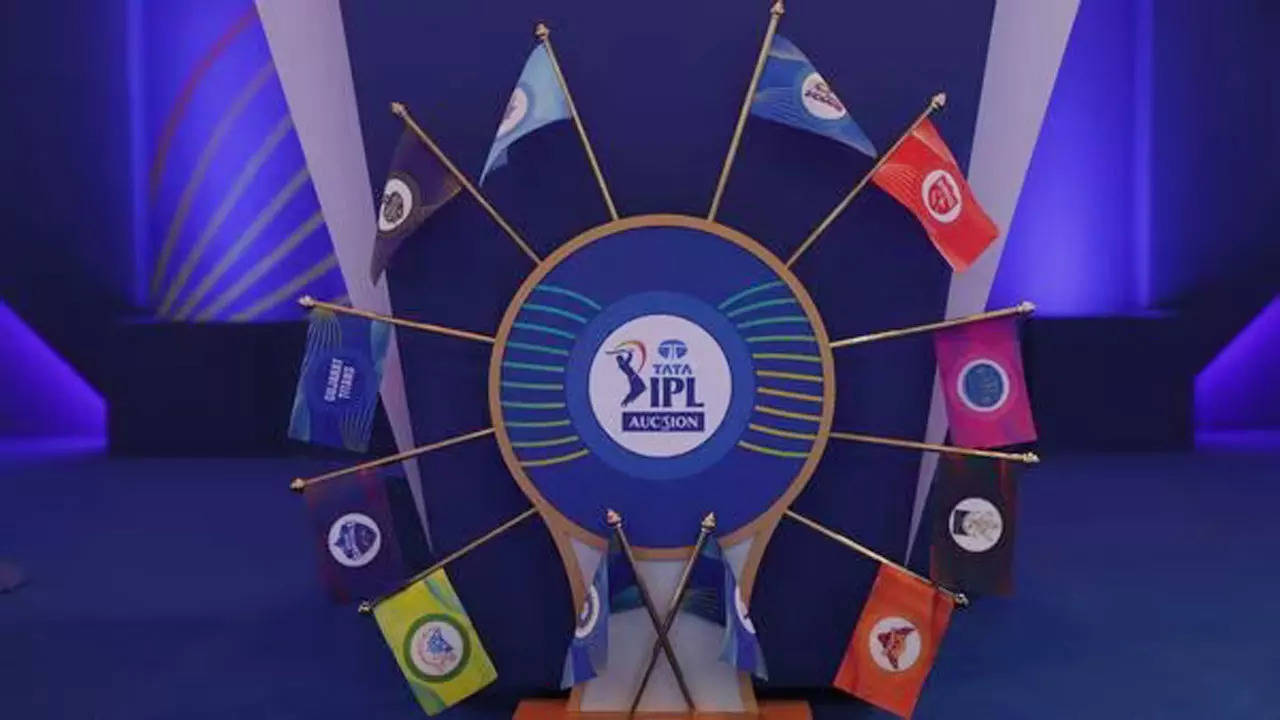People who are overweight or initially obese rely on the help of new techniques to lose weight. This procedure uses a swallowable balloon, which is swallowed by the patient and achieves results in about four months, with a loss of between 10% and 15% of the total body weight. As this is not surgery, this methodology does not require sedation and anesthesia.
João Henrique Lima, digestive system surgeon and endoscopist at VITA Hospital, explains that this procedure helps not only in weight loss, but also in food re-education. According to doctors, swallowable balloons are recommended for people who are overweight or initially obese, but can be used in any obese patient. “This is an innovation in the gastric balloon section that helps to lose weight with the use of a swallowable balloon. Unlike conventional balloons, namely silicone balloons, which require implantation via a digestive endoscope, these balloons are digested by the patient in capsule form,” said Dr. Joo Henrique.
After the capsule is swallowed, the balloon is inflated in the stomach and the medical team examines it with an X-ray. Then, the flask is filled with about 550 ml of a salt-based liquid solution. For this, a tube which is quite soft and can be tolerated by the patient is used. The perpetuation of the balloon is about four months, the ideal time for the effectiveness of the treatment.
According to Dr. João Henrique, balloon valves have a biodegradable solution that dissolves after a period of four months. “Because it has a thin, film-like membrane, which is used in cooking, it allows passage through the entire digestive tract and intestines, until the dissolved balloon is removed through feces,” explains the surgeon.
Endoscopy waiver
An important point to be highlighted in this procedure is the elimination of the need for an endoscope for follow-up or for perforation and balloon removal. Dr. João Henrique emphasizes that only four months is enough time to lose weight. During this period, monitoring is carried out by the medical and nutrition team, so that the results can be achieved within the allotted time.
The endoscopic balloon, which remains in the stomach for between six months and a year, has only the same or slightly greater weight loss, between 15% and 20%.
Program accompanies treatment
The swallowable balloon is accompanied by a program in which patients are monitored on fat mass, lean mass, weight loss, sleep quality, among other factors. “In other words, it’s more than just a balloon, it’s a dedicated program of weight loss and care. Given that no gastric balloon works miraculously and the outcome is highly dependent on follow-up and the patient’s commitment to treatment”, highlights Dr. Joo Henrique.
The basic idea is a process of food re-education so that patients can lose weight and, above all, improve their habits and quality of life. This technique allows, even after the balloon is released, the maintenance of long-term weight loss.
Multidisciplinary follow-up
During treatment, the patient was initiated on multidisciplinary follow-up, with nutritional follow-up indicated by a professional dietitian. During this period, eating patterns are identified and eating routines improve.
Patients are also encouraged to start or continue physical activity. “In some cases, patients have psychological support to better understand the relationship with food in a more conscious way,” said the doctor. During the treatment period, patients are monitored and results are monitored.
Symptoms and limitations
Initially, during the first three or four days, the balloon occupies space in the stomach like a foreign body. Because of this, some patients may experience symptoms such as nausea, cramping or a vomiting sensation. “However, most patients tolerate this early phase well, without difficulty”, the doctor emphasizes.
According to specialists, the only limitation preventing the use of a swallowable balloon is for patients who have had previous bariatric surgery or who have had other abdominal surgeries.
Step by step procedure:
1 – The patient swallows the capsule with a glass of water and places it on the stomach;
2 – Once attached, X-rays are taken to ensure proper positioning;
3 – The flask is filled with 550 ml of a salt-based liquid solution;
4 – A second X-ray is done to confirm that the filling has been completed.
When in the stomach, the balloon creates a feeling of fullness and satiety. In this way, the patient eats less.
Progress is tracked by both the medical team and the patient via the app. Scales and devices that monitor health are also used.
Obesity in Brazil
The 2019 National Health Survey, conducted by the Brazilian Institute of Geography and Statistics (IBGE), showed that between 2003 and 2019, the proportion of obese people aged 20 years and over rose from 12.2% to 26.8%. . Among women, obesity increased from 14.5% to 30.2% and among men from 9.6% to 22.8%. The figures reveal, in Brazil, in 2019, one in four people aged 18 years and over was obese or the equivalent of more than 40 million people.
About VITA Hospital – The first unit of the VITA Network in Paraná was inaugurated in March 1996, in Bairro Alto, and the second in December 2004, in Batel. VITA was the first Brazilian hospital to obtain, in early 2008, the Canadian CCHSA (Canadian Council for Accreditation of Healthcare) Canadian International Accreditation. Healthcare certifications assess excellence in the management and, above all, safe patient care. In addition, VITA is one of the multiple hospitals of the Brazilian Patient Safety Program (PBSP), which aims to disseminate and create innovative improvements in patient quality and safety. It is also part of the hospital group of the National Association of Private Hospitals – ANAHP. VITA offers 24-hour care and referrals in the fields of cardiology, general surgery, neurology, bariatric surgery, emergency medicine, urology, intensive care, and trauma-orthopedics. In addition, it has a complete sports medicine service, providing care to athletes of various modalities; oncology services; Medical Center and Diagnostic Center. To ensure a high level of quality in the services provided to patients, VITA has invested in expanding infrastructure, multidisciplinary team care, modernization of equipment, humanization of care, professional qualification and safety of care.

“Coffee aficionado nerd. Troublemaker. General communicator. Gamer. Analyst. Creator. Total brew ninja.”







